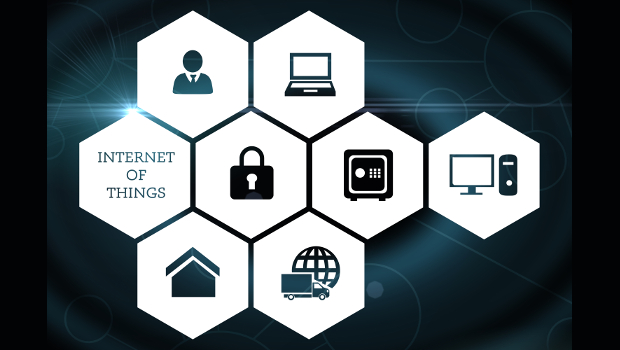Microsoft’s announcement of $5 billion (€4 billion) in new Internet of Things (IoT) investment is a public demonstration of the company’s commitment to the Internet of Things, but it is not immediately clear on what all that money will be spent.
In a statement announcing the new spending, which will be spread over the next four years, Microsoft cited research from AT Kearney that said IoT will bring a nearly $2 trillion (€1.63 trillion) productivity increase to the global economy and a $177 billion (€144 billion) reduction in business costs by the end of the decade.
There are a lot of use cases for IoT in the enterprise, and Microsoft listed several customer wins in its announcement, including Johnson Controls, Kohler and the Alaska Department of Transportation. Gartner research vice president for AI and IoT Mark Hung said that it is possible to divide those cases into internal and external uses.
Internal IoT deployments might be aimed at optimising the way a company uses its resources or to improve security and safety for its employees. External ones are more likely to be novel ways of customer engagement — say, location-based services or advertising — or enhancements to customer service, Hung said in an email.
However, Microsoft’s not offering a lot of insight on the precise nature of its new spending, said Merritt Maxim, principal analyst at Forrester Research.
According to Maxim, Microsoft spent $13 billion (€10.6 billion) on R&D last year, though that was not broken out into IoT and non-IoT spending. Nevertheless, he said he suspects that the new money announced today could go toward products and even infrastructure, like giving Azure a bigger worldwide footprint by making it available in more regions.
“The track record on Azure IoT Suite has been pretty good, so I’d view this investment as trying to sustain their position and momentum in the marketplace,” said Maxim.
What is more, he noted, it is also a possibility that some of the funds could go toward M&A activity, depending on whether the right companies are out there to be acquired.
“[Especially] if time-to-market concerns become an issue on the whole buy v. build [spectrum],” Maxim said.
IDG News Service







Subscribers 0
Fans 0
Followers 0
Followers